Multipartite designer nanoparticles are formed from the phage lambda decoration protein and can be used in a variety of theranostic applications.


Multipartite designer nanoparticles are formed from the phage lambda decoration protein and can be used in a variety of theranostic applications.

Capacitive pressure sensors created from silica nanoparticles dispersed in a dielectric polymer matrix force a rethink of device design.
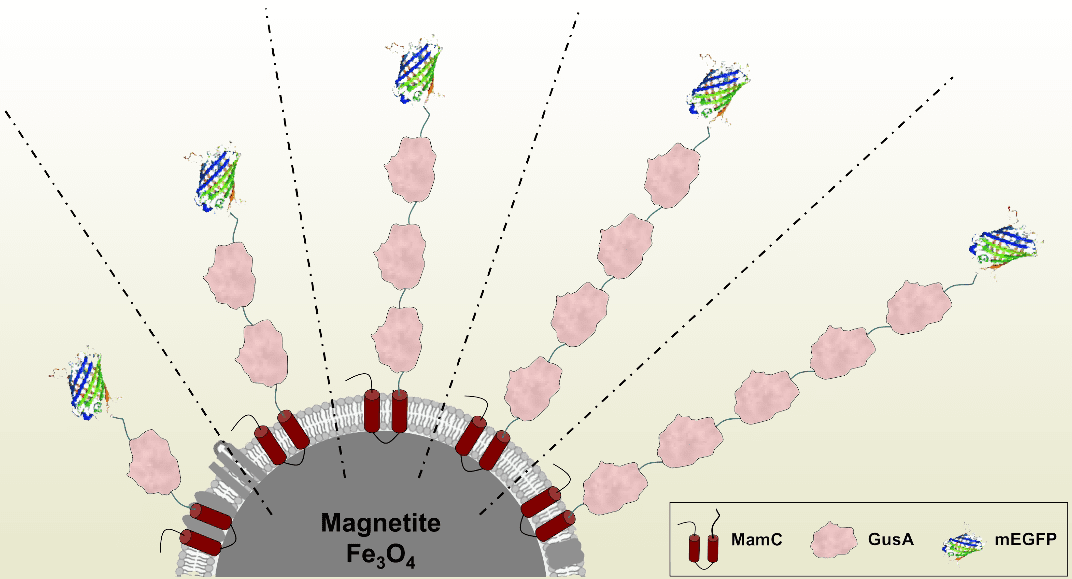
A new in vivo strategy for displaying foreign polypeptides on magnetosomes is presented.

A biomolecular adsorption layer (corona) forms on essentially all nanoparticles immersed in biological fluids, and governs their interactions with the biological environment. Key aspects of protein corona formation and its structure and dynamics have yet remained elusive and call for further investigations.
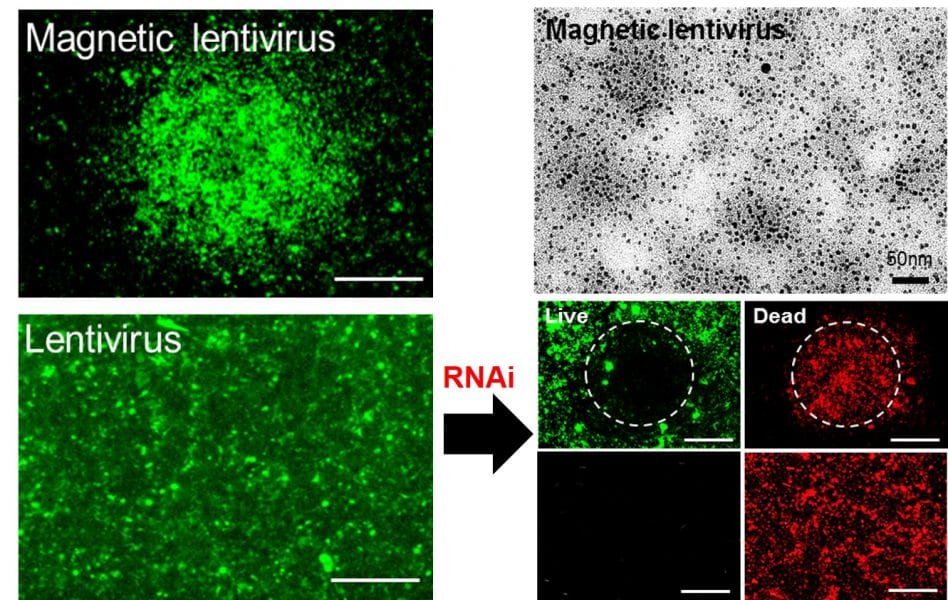
A team of researchers from National Sun Yat-sen University report on microscale RNA interference using iron oxide nanoparticle-modified lentivirus.
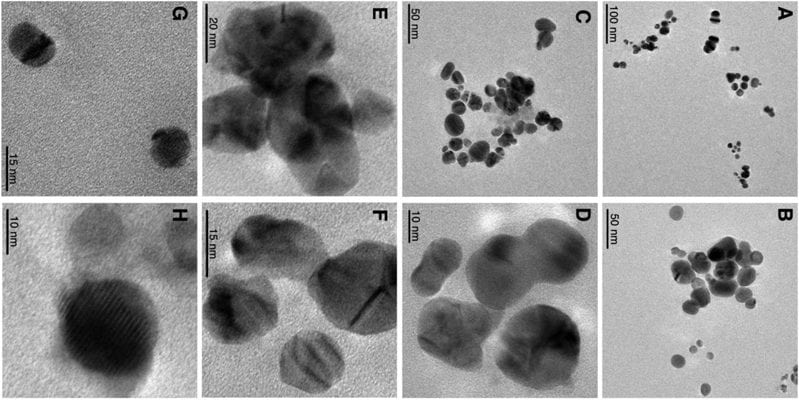
Researchers created a one-step flow-through plasma-reaction system for a cheaper and more sustainable synthesis of silver nanoparticles aimed at large scale production.
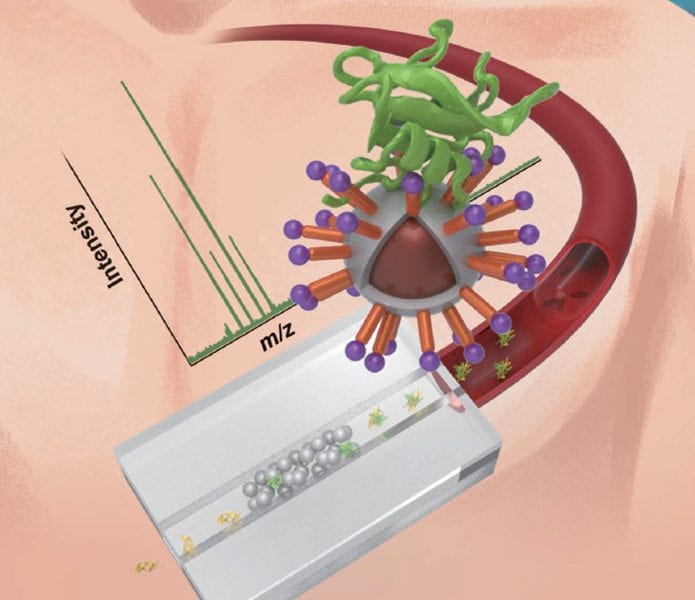
Indium oxide-functionalized magnetic nanoparticles were synthesized and used as solid phase extraction adsorbent on a chip, held with the help of an external magnetic field.
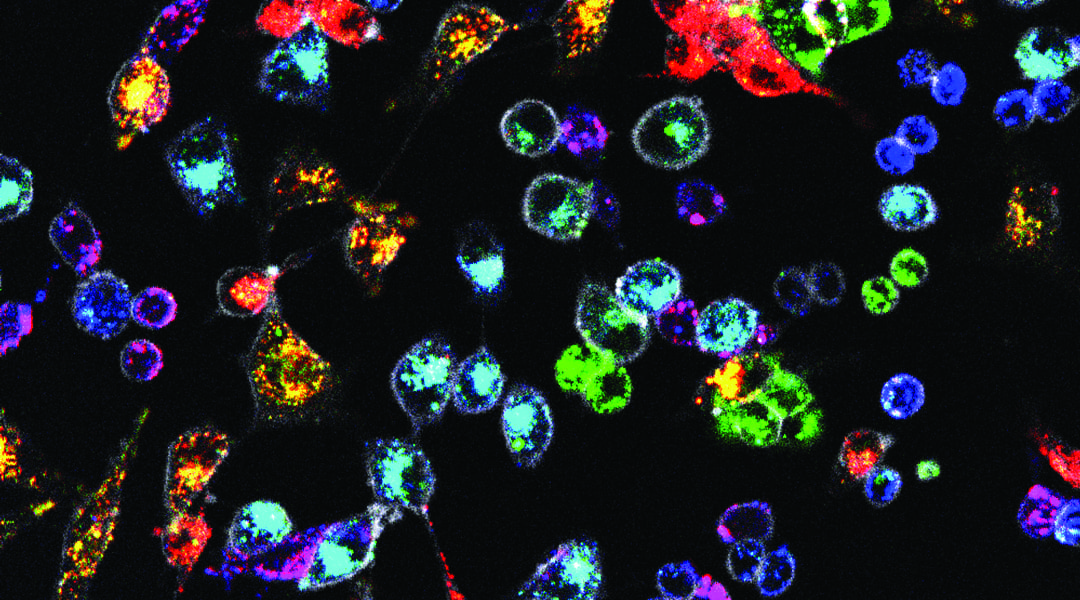
A method that allows the long-term labeling of different cell populations in tens of different colors using fluorescent nanoparticles.
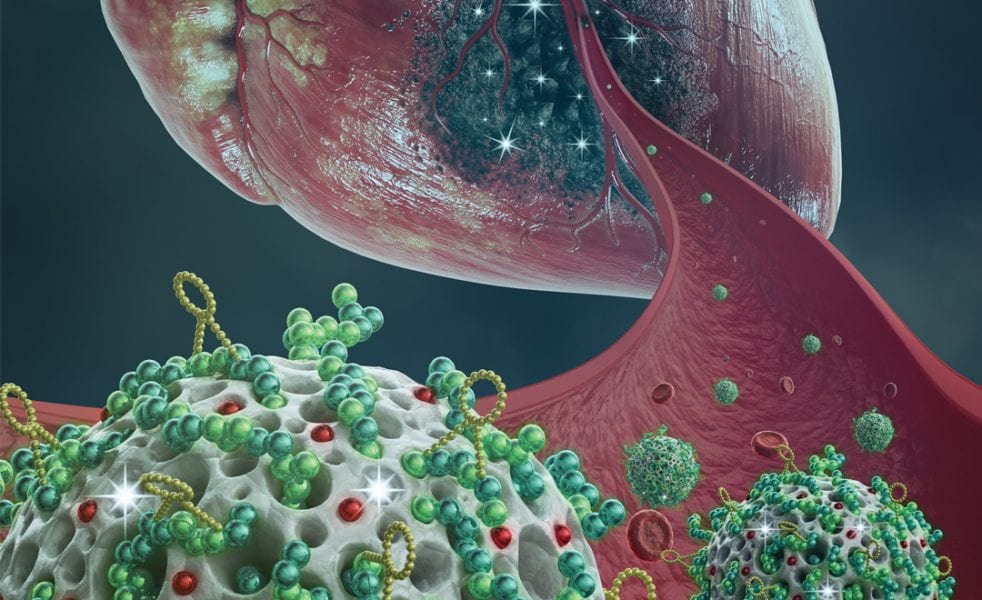
Porous silicon nanoparticles as multifunctional drug carriers for intravenous administration.
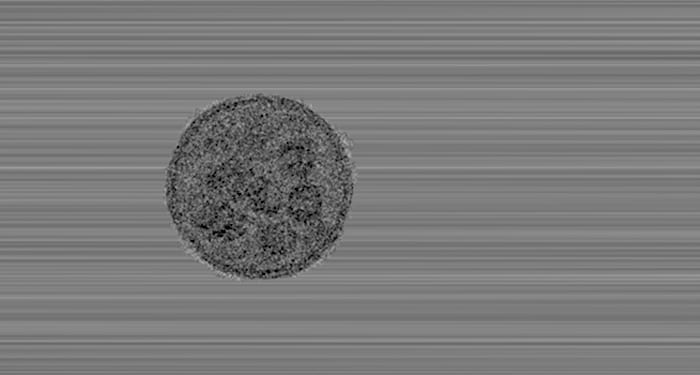
A cryo-transmission electron micrograph of a new gene delivery system called exo-AAV. The adeno-associated virus vector (AAV) is packaged within a lipid bubble called an exosome. Multiple AAV vectors can be observed as dark structures inside the larger spherical exosome structure.